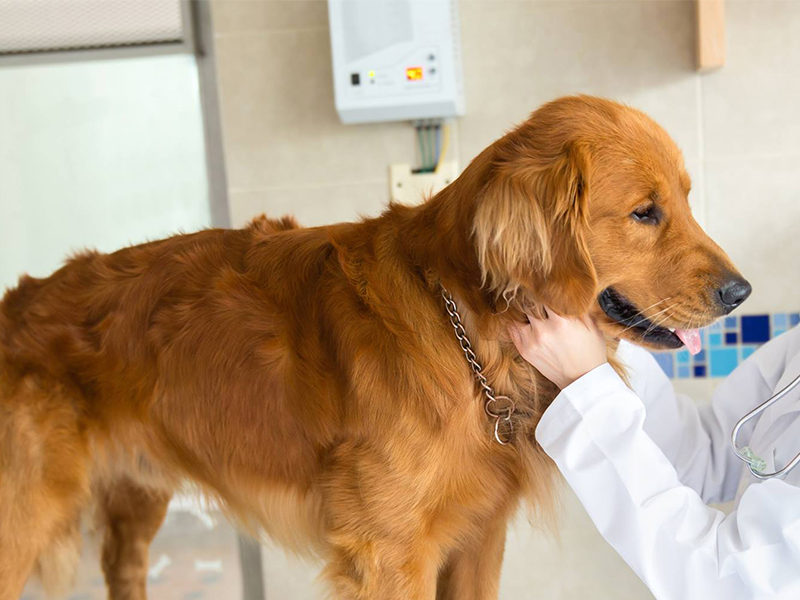
Patient Monitoring
At Stateline Animal Clinic, we monitor our patients closely to keep them as safe as possible during procedures that require general anesthesia. A veterinary technician will continually assess your pet’s heart and respiratory rate, blood pressure, and other vital signs to help prevent any anesthetic risk.
Please feel free to ask us about our patient monitoring protocol or any concerns you might have about your pet’s procedure. We’d be happy to discuss these matters in more detail.
General Anesthesia
For some procedures, your pet will need to be administered general anesthesia to be unconscious and not feel pain. Modern anesthesia is quite safe, but to lower anesthetic risk, we perform a physical examination and run blood work before sedating a pet. In addition, we monitor vital signs during the procedure to ensure the safety of our patients.
Before administering general anesthesia, we administer a sedative to help the pet relax and decrease any anxiety and pain. We then administer the anesthetic agent itself to provide complete anesthesia. For most procedures, we also administer gas anesthesia in combination with oxygen.
Please contact us if you have any questions or concerns about your pet receiving general anesthesia or about the procedure for which your pet is scheduled.
Local Anesthesia
If your pet is having a minor surgical or diagnostic procedure performed, we sometimes use a local anesthetic to help control pain. For example, when we perform a biopsy (in which a small portion of tissue is surgically removed so it can be examined), we often use a local anesthetic. Local anesthetics cause a loss of sensation in the area where the procedure is being performed. We sometimes use a sedative and anxiolytic (anti-anxiety medication) in combination with the local anesthetic to keep pets calm during a procedure.
Please contact us if you have any questions or concerns about your pet receiving local anesthesia or about the procedure for which your pet is scheduled.
